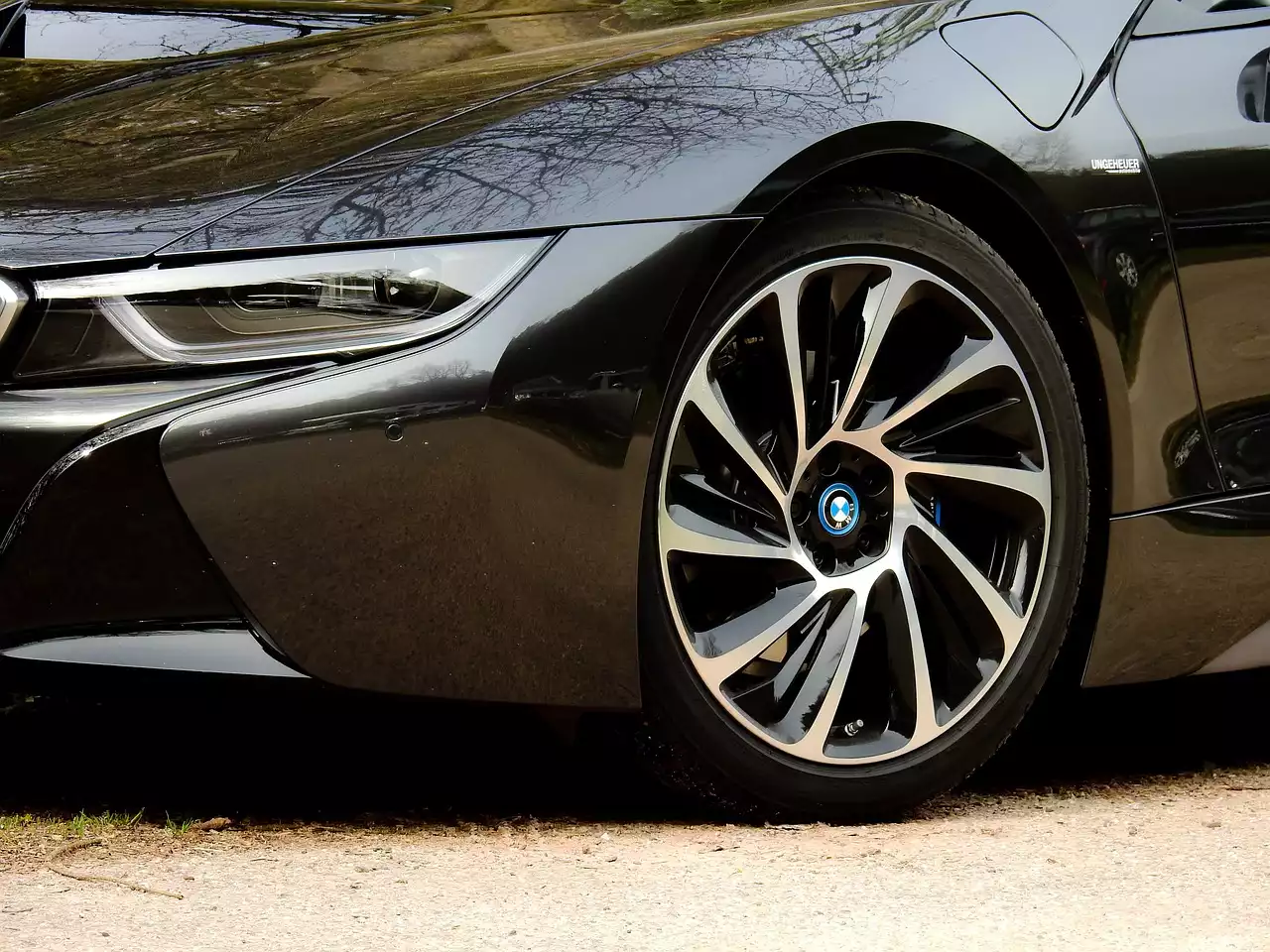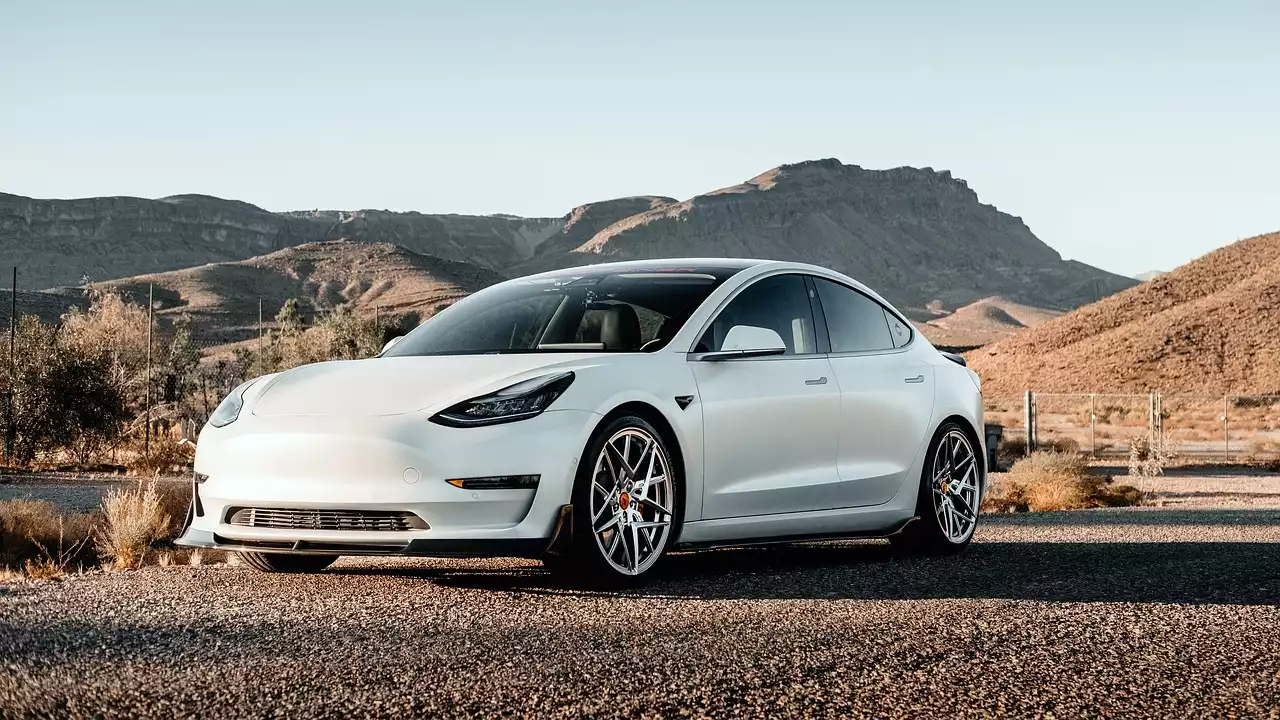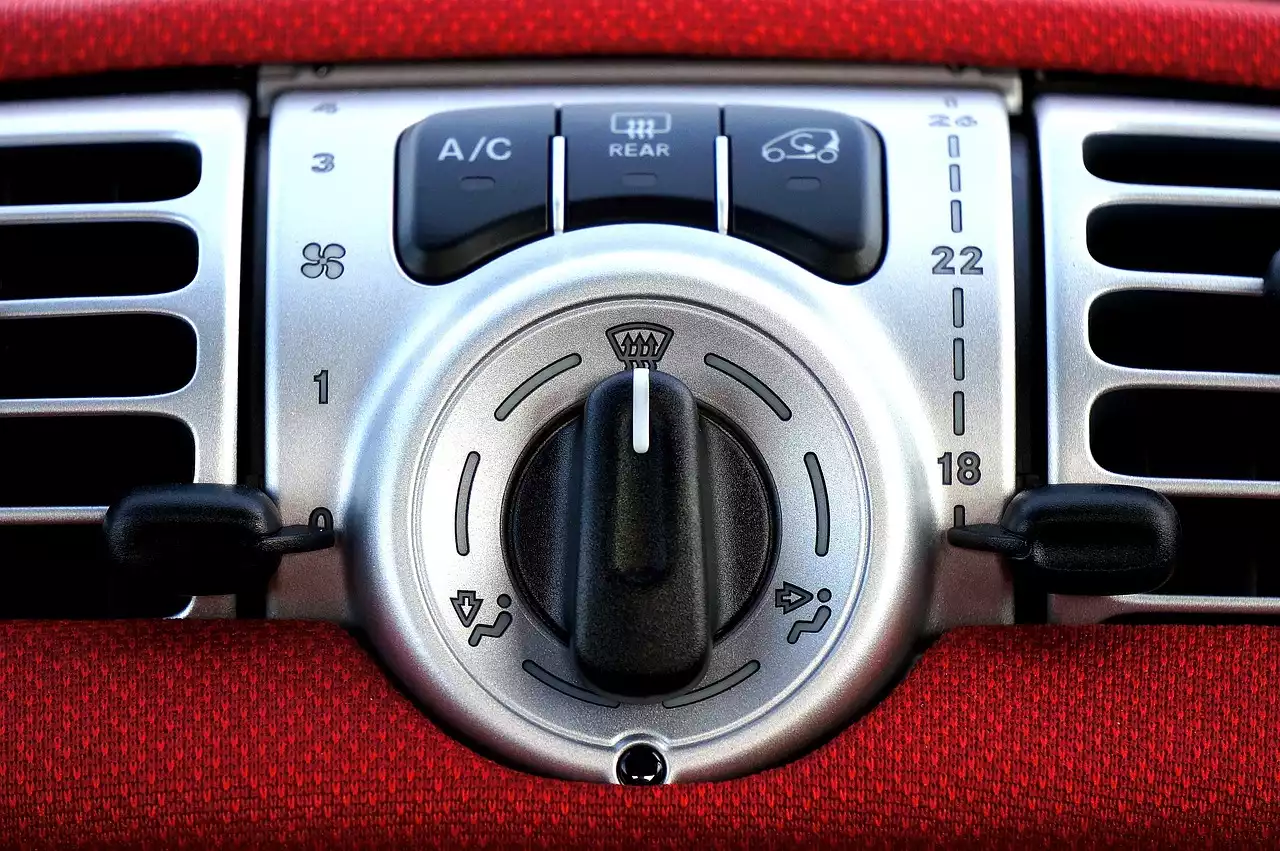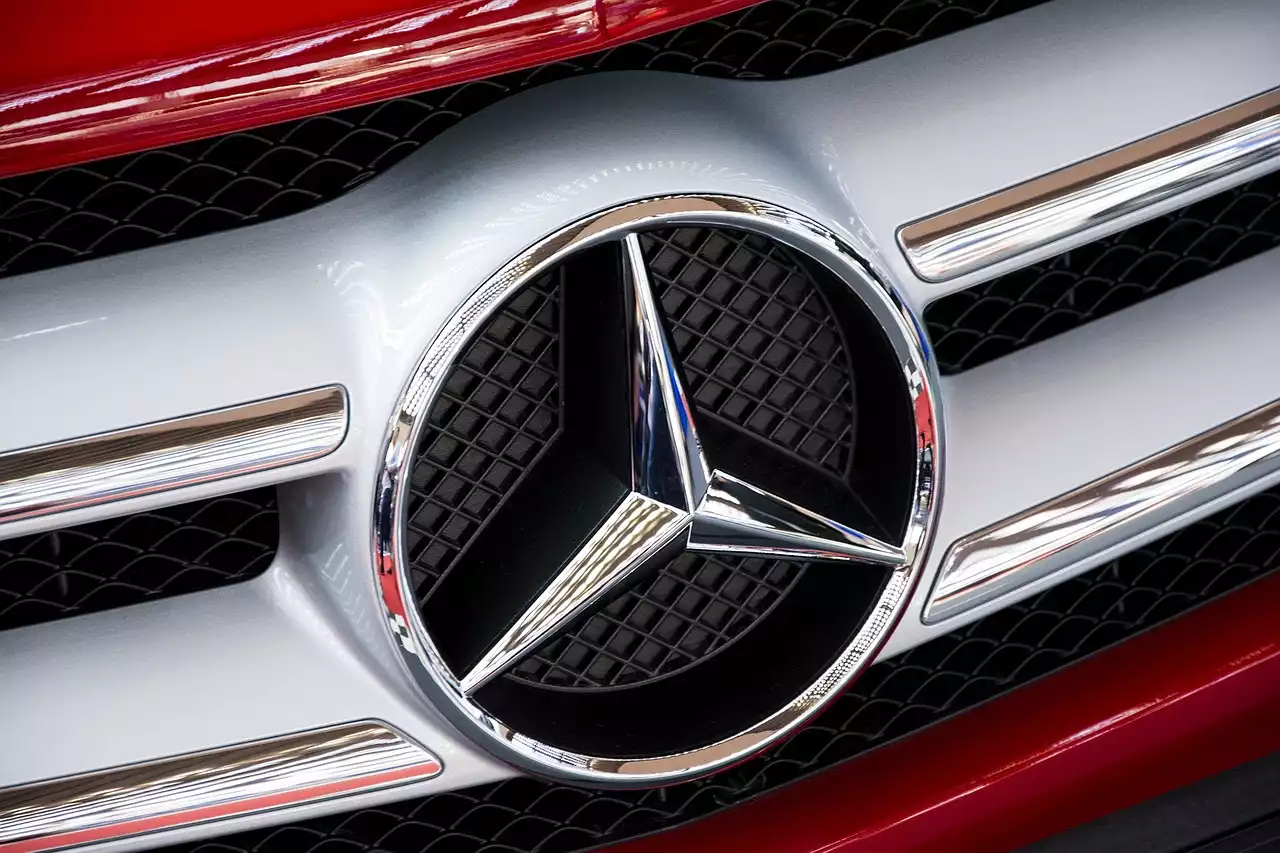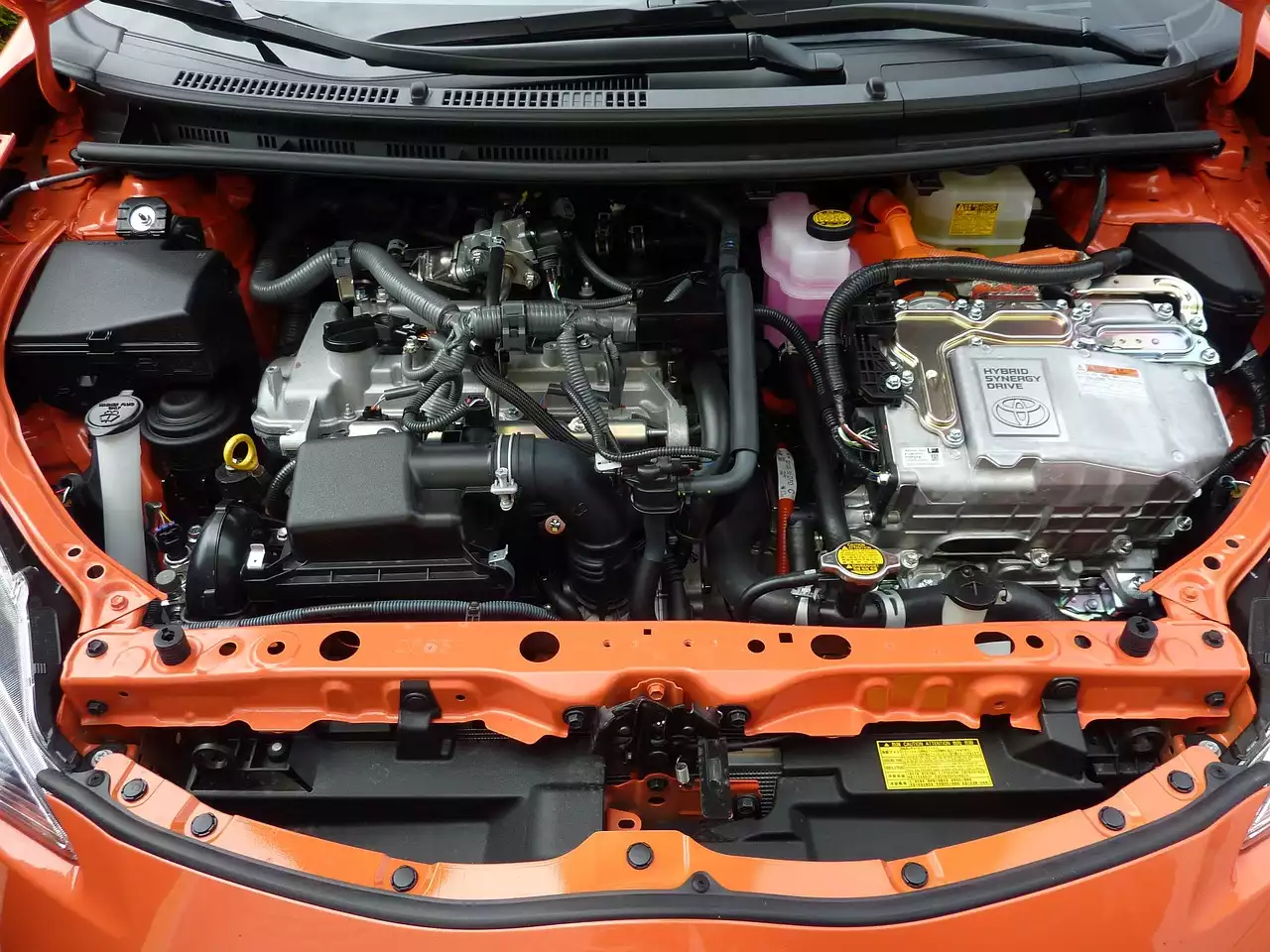Early History of Electric Vehicle Development
The earliest examples of electric vehicles were created in the late 19th century. The first electric cars were powered by lead-acid batteries, but these vehicles were expensive, heavy, and extremely slow. Lead-acid batteries would remain the standard choice of power source for electric cars throughout the early 20th century. The popularity of electric vehicles began to decline as gasoline-powered cars became more widely available. While gasoline-powered cars were more convenient and efficient, electric vehicles were unable to compete with the superior power and range of the internal combustion engine. Although electric vehicles would continue to be produced up until the 1950s, the technology was far from viable as a mainstream form of motor transport.
Modern History of Electric Vehicle Development
The modern history of electric vehicles began in the 1990s, when the first hybrid electric vehicle (HEV) emerged as a viable form of motor transportation. Although hybrid vehicles had been in development since the 19th century, the first commercially available hybrid vehicles did not arrive until the 1990s. In 1996, Honda introduced the first hybrid vehicle, the Honda Civic Hybrid. While HEVs were a significant breakthrough in the development of electric vehicles, they were still far from a replacement for the standard gasoline-powered vehicle. Hybrid vehicles were expensive and required frequent recharging, and they were only capable of small-scale adoption. The first practical attempt at a mass-produced electric vehicle was the General Motors EV1. The EV1 was introduced in 1996 as a serious attempt at developing a viable alternative to the standard gasoline-powered vehicle. While the EV1 was an impressive vehicle, it was only produced for a single year before being abruptly canceled by General Motors. Although the short-lived nature of the EV1 left a little lasting impact on the development of electric vehicles, it would have a lasting impact on the public perception of electric cars. The abrupt cancellation of the EV1 would play a significant role in shaping public opinion of electric vehicles and their viability as a form of motor transport.
Advantages of Electric Vehicles
- Increased Range and Efficiency - The most significant advantage of electric vehicles is their increased range and efficiency compared to gasoline-powered cars. The efficiency of electric vehicles is directly related to the power source, so an electric car will always be more efficient than a gasoline car of the same size. In addition, an electric car has a limited range due to the size and number of batteries. Therefore, an electric car can travel further than a gasoline car of the same size.
- Reduced Oil Dependence - Another significant advantage of electric vehicles is the reduction in oil dependence. Due to the limited range of electric cars, they are primarily used for short-distance trips. Therefore, electric cars will reduce the dependence on oil for short-distance travel. In addition, electric cars do not require oil changes or frequent maintenance, making them extremely low-maintenance vehicles.
- Cost-Effectiveness - Finally, electric cars are extremely cost-effective once they are on the road. Unlike gasoline-powered cars, electric cars do not require regular oil changes or maintenance, making them extremely low maintenance. In addition, electric cars will require minimal maintenance throughout their lifetime, making them extremely cost-effective vehicles.
- Disadvantages of Electric Vehicles - Higher Initial Cost - One of the most significant disadvantages of electric vehicles is their higher initial cost. While electric vehicles will have a minimal maintenance cost over their lifetime, they have a high upfront cost due to the necessary batteries. Therefore, electric cars will have a higher upfront cost than gasoline cars.
- Low Range - Another disadvantage of electric vehicles is their lower range compared to gasoline-powered cars. While electric cars will have a higher range than gasoline-powered cars of the same size, their limited range makes them impractical for long-distance travel. Therefore, electric cars will have a lower range than gasoline-powered cars of the same size.
- Low Speed - Another disadvantage of electric vehicles is their lower top speed compared to gasoline-powered cars. The lower top speed of an electric vehicle will make it impractical for long-distance travel. Therefore, electric cars will have a lower top speed than gasoline-powered cars of the same size.
- Electric Vehicle Technology and Innovation - Lithium-ion Batteries - The main technology that has driven the development of electric vehicles is the lithium-ion battery. The first commercial lithium-ion battery was created in 1991, and the technology has been in development ever since. Since 1991, lithium-ion battery technology has evolved significantly, and it has become the standard choice of power source for electric vehicles. In addition, other types of battery technology, such as nickel-cadmium have also been in development since the 1990s.
- New Types of Battery Packs - As lithium-ion battery technology has evolved, new types of battery packs have also been developed. The standard battery pack for an electric vehicle is composed of hundreds of individual lithium-ion cells. New types of battery packs, such as the prismatic battery pack, have been developed since the 1990s.
- New Types of Charging Technology - In addition to new types of battery packs, new types of charging technology have also been developed. The standard method of charging a lithium-ion battery is referred to as slow charging. New methods of charging lithium-ion batteries, such as fast charging, have been developed since the 1990s.
Market Trends in Electric Vehicles
The market for electric vehicles has grown significantly in recent years as technological advancements have made them a viable alternative to the standard internal combustion engine. The first signs of growing interest in electric vehicles occurred in 1996 with the introduction of the Honda Civic Hybrid, followed by General Motors’ introduction of the EV1 in California the same year. Since then, there has been a surge in demand for electric vehicles, with customers purchasing over 400,000 electric cars in 2017 alone. While the market for electric vehicles has seen consistent growth over the last decade, it is still a small fraction of the overall car market. According to a report from Pike Research, sales of electric vehicles will hit 8 million by 2030.
Future of Electric Vehicles
Electric vehicles have come a long way in the last two decades, and there is every indication that they will be with us for the long haul. The market for electric vehicles is projected to expand significantly in the coming decades, and it will become increasingly common to see electric cars on the road. The history of electric vehicles is as fascinating as it is complex. From the early days of steam power to the modern lithium-ion battery-powered cars, the development of electric cars has played an integral role in the evolution of modern transportation. While the first electric vehicles were built in the late 19th century, the technology only became viable for mass production in the last two decades. Today, electric vehicles are becoming increasingly popular as a means of reducing emissions and creating a more sustainable form of motor transport.
